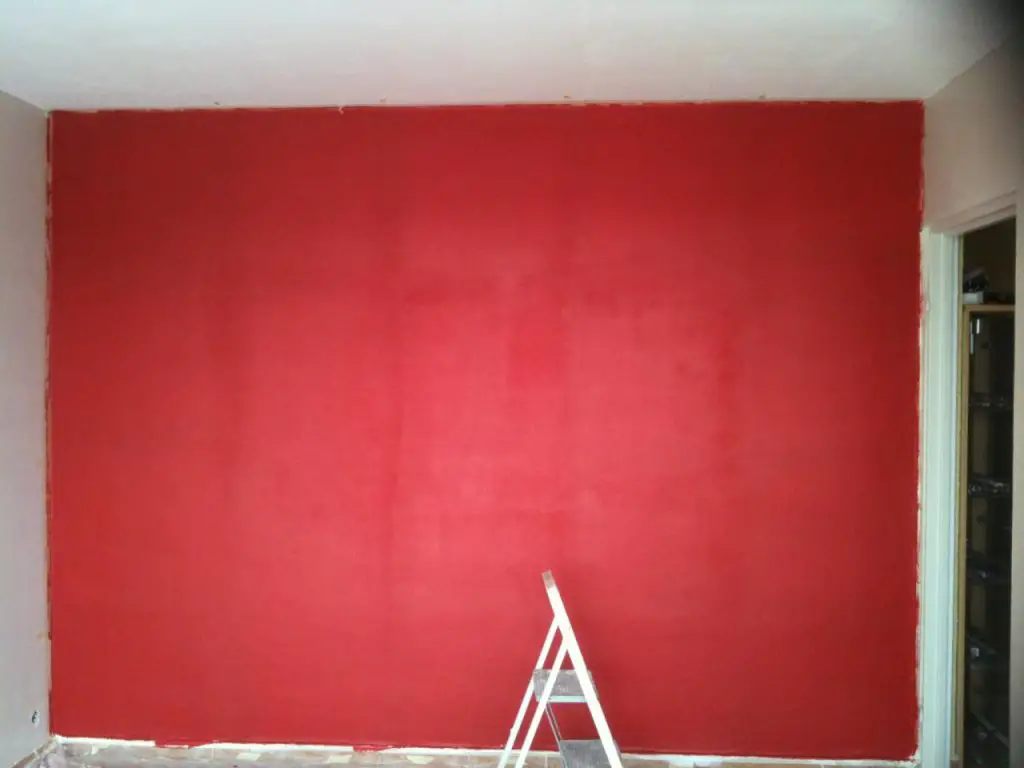Are you tired of the paint color of your apartment or home? Now, do you paint baseboards or walls first? What you lack is good painting advice from professionals, to start on a good basis.
It is time to review the material you need repaint your interior, and then you can get started. We have compiled for you the 10 best painting tips to give your interior a new lease of life.
Do You Paint Baseboards or Walls First?
The Best Tips
For one reason or another, we will all, at least once in our lives, need to paint one or more rooms in our house. And for some of us, we have no idea how to do it properly, and how to avoid irreversible mistakes when painting. To make your work easier, we provide you with our best painting tips.
Tip 1: Carefully Clean the Walls
If you paint on dirty surfaces, or oil, the paint may peel off as it dries. Therefore, remove dust, dirt and grease stains with water, a little mild dishwashing liquid, and a sponge. Rinse with clean water to remove soap residue.
Tip 2: List the Equipment to Purchase
Come up with a list before you go to buy all the equipment, this will save you a lot of time in the store. When buying, do not focus too much on costs. The cheapest paint will certainly save you money, but you could spoil your beautiful work with a poor finish.
Some things to keep in mind when making your list include cleaning products, paint, adhesive tape, rollers, and brushes. Other things you should get include a ladder, floor and furniture protection, and a 5-litre bucket.
Tip 3: Mix Several Pots of Paint in a Large Bucket to Achieve a Uniform Color
The color of the paint may vary slightly from one pot to another. Moreover, you can find yourself without paint in the middle of a half-painted wall.
It means you will start another pot, and the difference in color could be noticeable. To avoid this, you should consider mixing mix 2 x 2 liter pots of paint in a large 5 liter bucket.
Tip 4: Adhesive Tape on Moldings, Windows, and Door Handles
To avoid paint stains on door handles, window frames, and more, it is best to cover the edges with tape. You can place the adhesive strips a week beforehand. Furthermore, do not let the paint dry before you remove them, just do it when you finish painting.
Tip 5: Do You Paint Baseboards or Walls First? Paint the Baseboards First, Then the Ceiling and Walls
It is best to paint the baseboards first, then the ceiling, and finally the walls. When you paint the wooden baseboards, let them dry for 24 hours, then cover them with tape.
Then, you can start painting the ceiling without fear of staining. When you finish with the ceiling, you can move on to the wall.
Tip 6: Protection for the Floor and Furniture
To protect your floor, it is better to use cotton cloths (like old sheets) rather than plastic protectors. Plastic is slippery, and you could fall if you put a ladder on the plastic.
In addition, paint stains on the plastic stay wet and can end up on the bottom of your shoe sole. You probably don’t want to see your fingerprints all over the house!
For furniture, it’s better to use plastic, which is easier to tape to the furniture, so it won’t move.
Tip 7: Always Paint the Top of the Wall First, and Then Paint the Rest of the Wall Down
This is basic advice, but for someone who has never painted a wall, it is better to know. You should start painting the top of the wall, and then move down.
Tip 8: Avoid Overlap Marks
Overlay marks are those nasty marks caused by uneven layers of paint. They appear when we paint a part of the wall where the paint is already almost dry. The key to avoiding overlap marks is to always leave a “wet edge” .
This way, each stroke of the roller overlaps the previous stroke before the paint begins to dry. On the other hand, reload the paint roller frequently so that it does not dry.
Tip 9: Do You Paint Baseboards or Walls First? Brush or Roller?
The paint roller is perfect for painting the wall, as it helps to optimize the paint coverage and gives the final finish a uniform appearance. Nevertheless, you should also paint around baseboards and corners of the walls, where rollers are not the best option.
For these complex areas, it is best to use brushes. But beware, if you paint with a brush, you will notice that the finish is different from the rest of the wall you painted with a roller.
To avoid this, paint these areas with a brush. Then, before it dries, use a smaller roller, but one with similar thickness as the large roller you used to paint the rest of the wall.
Tip 10: Get an Ultra Smooth Finish
A coat of paint will usually not hide the underlying color, and if it does, the surface will not be smooth; there will be a grainy appearance.
For an ultra-smooth finish, always apply at least two coats of paint, and then apply a fine-grained sanding sponge after each coat of paint. These sponges will get into rough spots where sandpaper cannot reach and leave a uniform appearance. After each sanding, remove the excess and then clean with an antagonistic cloth to remove dust.
Conclusion – Do You Paint Baseboards or Walls First?
We hope that these painting tips will reassure you, and that you will be able to start your adventure without fear.

